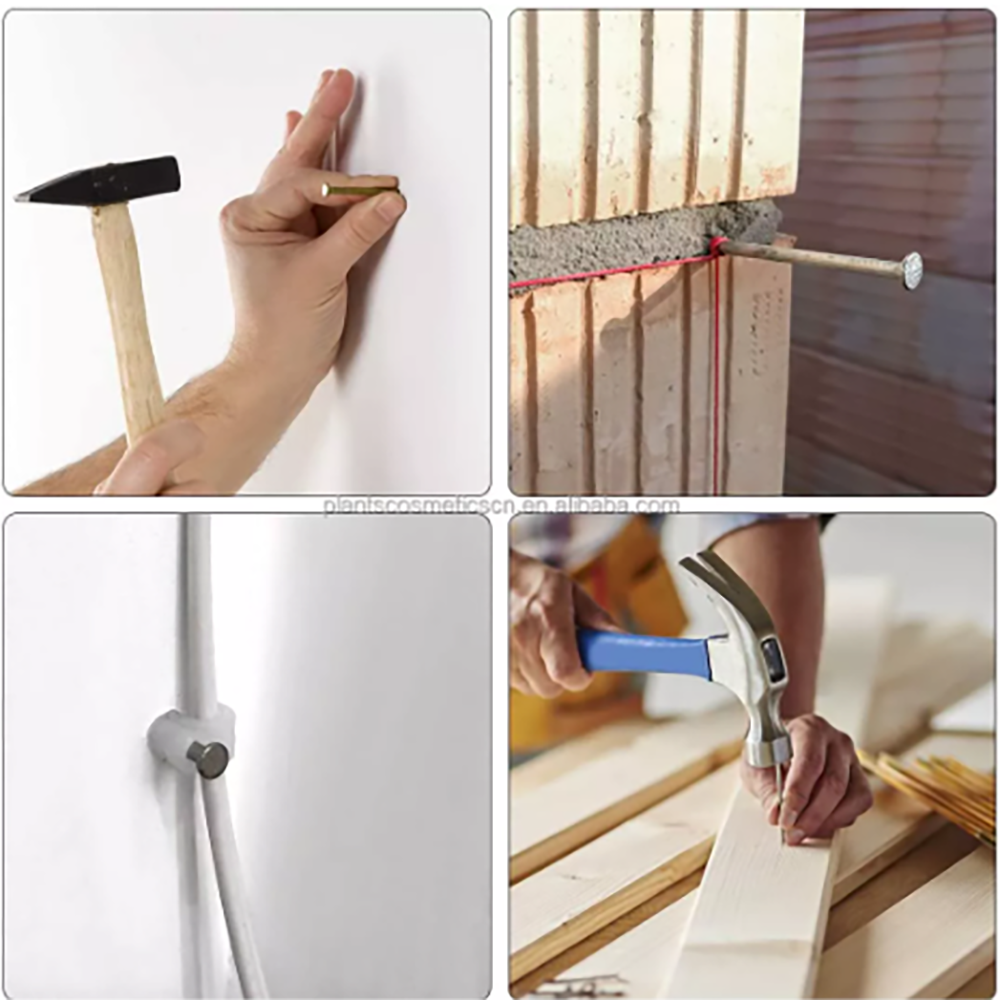weld mesh sizes
Understanding Weld Mesh Sizes A Comprehensive Guide
Welded wire mesh, commonly known as weld mesh, is a versatile material used in various applications ranging from construction to agriculture. It consists of a series of parallel vertical and horizontal wires, which are welded together at their intersections, creating a grid-like structure. One of the essential factors to consider when choosing weld mesh for a specific project is the size of the mesh apertures and the wire diameter. This article will delve into the different sizes of weld mesh available in the market, their applications, and considerations for selection.
Mesh Sizes and Their Importance
The size of welded wire mesh is usually specified by two key factors the aperture size (the opening in the mesh) and the gauge (or diameter) of the wire used. The aperture size can vary significantly—common sizes include 1 inch, 2 inches, and even smaller openings like 1/2 inch or 1/4 inch. Each size serves different purposes. For instance, larger apertures are typically used in fencing applications where visibility and airflow are desired, while smaller apertures are suitable for security purposes or agricultural uses, protecting crops from small animals.
The wire gauge also plays a crucial role in determining the strength and durability of the mesh. Typically, a heavier gauge wire will provide more strength, making it suitable for high-stress applications such as concrete reinforcement or enclosures for livestock. Conversely, lighter gauge options may be sufficient for decorative purposes or lightweight fencing.
Common Applications of Weld Mesh Sizes
1. Construction Welded wire mesh is extensively used in construction projects. It acts as reinforcement for concrete slabs and walls, helping to enhance their tensile strength. The choice of mesh size and wire gauge for this application typically depends on the load-bearing requirements of the structure.
weld mesh sizes

2. Fencing In agricultural settings, weld mesh is commonly used for fencing livestock or demarcating property boundaries. The size of the mesh apertures is crucial for preventing animals from escaping or intruders from entering. Generally, a combination of larger openings at the bottom and smaller ones at the top is used to provide security while allowing visibility.
3. Industrial Applications Weld mesh is also widely used in industrial contexts, such as safety barriers, shelving units, and protective cages for machinery. Here, the selection of size is often based on the need for load-bearing capacity and protection against potential hazards.
4. DIY Projects For agricultural enthusiasts and DIY project lovers, smaller mesh sizes can be perfect for making trellises or protective covers for gardens. The durability and versatility of weld mesh make it an excellent choice for various innovative uses.
Selection Considerations
When selecting the right weld mesh size for your project, it's essential to consider factors such as the specific application, the type of materials you are working with, and your budget. Additionally, it is advisable to consult with suppliers or professionals who can guide you based on your unique needs.
In conclusion, understanding weld mesh sizes and their respective applications is vital for making informed decisions in construction, agriculture, and various other fields. By choosing the appropriate mesh size and wire gauge, you can enhance the performance and longevity of your projects, ensuring they stand the test of time.
-
Space-Saving Chain Fence Hacks Vertical Gardening with Cyclone MeshNewsJul.16,2025
-
Innovations in Iron Nail Wire Production for Modern ConstructionNewsJul.16,2025
-
Creative Uses of Wire Netting Fence in Modern Landscape DesignNewsJul.16,2025
-
Barbed Wire Fence Innovations in Anti-Climb TechnologyNewsJul.16,2025
-
Architectural Uses of Umbrella Nails for Aesthetic Roof DesignsNewsJul.16,2025
-
Architectural Uses of Razor Barbed Wire in Secure Urban DesignNewsJul.16,2025




